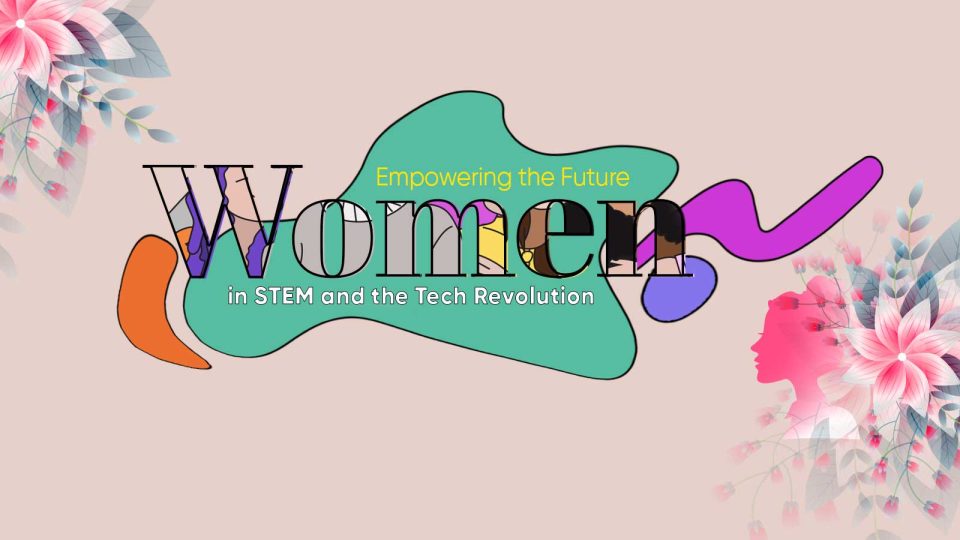The importance of diversity in STEM fields cannot be overstated. A diverse workforce fosters innovation by leveraging varied backgrounds, experiences, and viewpoints. Despite the broad impact of STEM on everyday life, the industry remains heavily biased, with women and minority groups underrepresented in key roles. Achieving equity and inclusion in STEM addresses disparities and ensures ethical standards in future technologies such as AI. Diverse teams foster creativity and innovation, outperforming homogeneous groups in problem-solving tasks. The growing demand for STEM skills underscores the necessity of addressing diversity gaps to meet future workforce needs.
Moreover, fostering diversity contributes to positive work environments, enhancing morale and retention rates. Embracing diversity also aligns with corporate ESG agendas, enhancing stakeholder value and credibility. Overall, promoting diversity in STEM addresses social equity, drives innovation, and ensures sustainable future growth.
Overview of the current landscape for women in STEM
The current landscape for women in STEM demonstrates gradual progress in diversification, albeit with persistent challenges. In 2021, women comprised 35% of the total U.S. STEM workforce, a significant increase from previous years. According to NextIAS within female STEM workers, 68% held science and engineering-related positions, indicating a strong presence in critical roles. Despite this, women continue to face disparities in earnings compared to their male counterparts, with lower median earnings across various STEM occupations observed in 2020. Additionally, societal pressures and lack of exposure contribute to the ongoing gender gap in STEM fields. For instance, women represent only 19% of students studying computer science-related degrees, highlighting a significant gender disparity that requires attention as per the ‘STEM Women’ report. While global examples such as South Africa, Egypt, and Cuba demonstrate strides towards gender balance in research fields, there is still much work to be done to promote female representation in STEM domestically and internationally.
Also Read: CIO Influence’s IWD Interview with Madhu Kochar, IBM
Breaking Barriers: Challenges Faced by Women Leaders in STEM
Addressing Workplace Flexibility
Flexibility in the workplace is essential for supporting employees’ personal lives, yet many STEM organizations lack adequate policies. Despite the normalization of remote work due to the pandemic, stigma remains around utilizing flexible arrangements. Employers must normalize and promote flexibility to enhance retention and satisfaction among employees.
Challenging Hustle Culture
STEM industries often prioritize hours worked over productivity, creating a culture of “hustle.” This mindset disproportionately affects women leaders, who may face expectations to prove themselves through long hours. Shifting towards a performance-based environment can promote equal opportunities for advancement.
Clarifying Promotion Paths
Clear promotion paths are crucial for women’s advancement in STEM careers. However, many organizations lack transparent promotion criteria, leading to subjective decision-making and exclusionary practices. Establishing objective criteria and transparent processes can ensure equal opportunities for career growth.
Fostering Mentorship and Sponsorship
Mentorship and sponsorship play vital roles in advancing women in STEM leadership. However, women often lack access to mentorship and sponsorship opportunities, particularly from senior-level women leaders. Cultivating diverse mentorship networks and promoting sponsorship initiatives can facilitate career progression for women in STEM.
Combatting Institutional Bias
Institutional racism and sexism persist in STEM organizations, hindering women’s leadership opportunities and contributing to attrition rates. Allies are crucial in challenging discriminatory behaviors and fostering inclusive work environments to support women’s advancement.
Closing the Gender Pay Gap
The gender pay gap remains a significant challenge for women in STEM leadership roles. Addressing pay disparities and conducting regular reviews to ensure gender equity in compensation are essential steps towards closing the gap and promoting pay equity.
Encouraging Assertiveness
Encouraging assertiveness and self-advocacy is essential for women leaders in STEM to overcome communication barriers and assert their worth. Clear communication of expectations and providing constructive feedback can support women’s advancement into leadership roles.
Women Pioneers in STEM
Throughout history, numerous women have made indelible contributions to STEM fields through their groundbreaking work in engineering and innovation.
Marie Curie
Marie Curie, a renowned French-Polish physicist and chemist, pursued studies in physics and mathematics at the Sorbonne in Paris. Collaborating with her husband, Curie conducted pioneering research on radioactivity, leading to the discovery of polonium and radium. Her work laid the foundation for advancements in X-ray technology and cancer treatment.
Grace Hopper
Grace Hopper, an American computer scientist, mathematician, and United States Navy rear admiral, contributed significantly to computer programming. Graduating with degrees in mathematics and physics and later earning a Ph.D. from Yale, Hopper was one of the first programmers of the Harvard Mark 1 computer, a pivotal technology during World War II. She pioneered the development of programming languages and systems, inventing one of the first linkers.
Creola Kathrine Johnson
Creola Kathrine Johnson, an American mathematician, played a crucial role in NASA’s early space missions. Her groundbreaking orbital mechanics calculations were instrumental in the success of the first U.S. crewed space flights. Graduating with a degree in mathematics and French from West Virginia State University, Johnson pioneered using computers for complex calculations, revolutionizing aerospace engineering.
Mae Jemison
Mae Jemison, an American engineer, physician, and former NASA astronaut, shattered barriers as the first black woman to travel into space. Graduating with degrees in chemical engineering and African-American studies from Stanford University, Jemison also earned her medical degree at Cornell University. Her achievements in space exploration and advocacy for STEM education continue to inspire future generations.
Also Read: Celebrating IWD 2024: Top AiThority.com Interviews Featuring Female Executives


